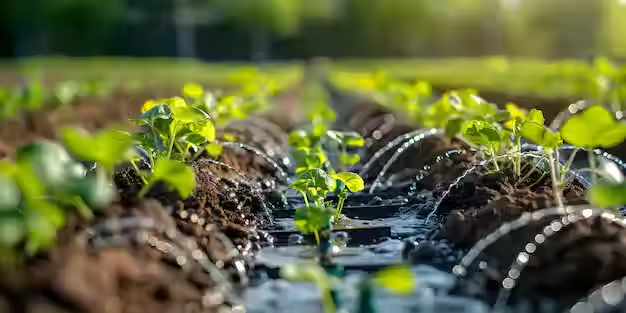Reviving Readiness: Re-Imagining Newfoundland's Forest Fire Readiness for Farmers
- James
- Aug 12
- 3 min read

Summer 2025 has already been added to the wildfire annals of Newfoundland and Labrador's history. While ominous firestorms ravaged Badger, Musgravetown, several Bonavista peninsula towns, and Holyrood, the province was shown a cold, hard truth: our current emergency forest fire readiness systems are no longer adequate.
The Current Two-Track System
The Newfoundland and Labrador government's emergency management policy is framed into four pillars: preparedness, mitigation, response, and recovery. The Provincial Emergency Management Plan supports an all-hazard strategy, under which municipalities and citizens can sustain themselves during an emergency for at least 72 hours.
Forest and provincial fire protection agencies work together to inhibit and extinguish forest fires. Based on recent events, more advanced early warning systems, evacuation assistance, and community-led firebreaks are needed.
At the national level, Canada's Wildfire Resilient Futures Initiative (WRFI) was started in 2023. Within five years, it invested $285 million in preventing wildland fire risk through prevention, research, and the application of Indigenous knowledge.
In 2024, a new Canadian Wildland Fire Prevention and Mitigation Strategy promoted an all-of-society strategy, with cooperation between government, community, and sector given the highest priority.
Climate Change
The most recent data confirms that Newfoundland and Labrador are experiencing a very unusual wildfire season in 2025. As of August 10, 209 wildfires had been observed, and the total burn area was approximately 13,138.5 hectares (131.385 km²).
The enhanced fire activity is irrevocably linked to global warming, which brought warmer temperatures, more extended periods of dryness, and altered precipitation patterns—conditions favouring fiercer and more frequent wildfires.
Fire season, officially April 24 to September 30 on the Island and May 15 to September 30 in Labrador, begins earlier and continues longer. Climate-driven change has made wildfires more intense, less predictable, and more difficult to suppress
What Must Be Changed
The Badger, Adam's Cove, Musgravetown and Holyrood fires were not acts of God, but wake-up calls. This is where Newfoundland's emergency plan requires a radical overhaul:
1. Local Firebreak Infrastructure: Adam's Cove settlements lacked proper firebreaks—pre-prepared firebreaks that impede or stop the advance of fire. Leadership and funding must be redirected to the municipalities to pre-prep these barriers.
2. Live Risk Mapping: The state has a fire danger map, but it needs to be live and public. From satellite feed and AI predictions, people can prepare and act earlier in danger.
3. Evacuation Planning and Alerting: Badger's evacuation was hasty but unorganized. Standardized, pre-planned community-based evacuation plans that include transportation and shelter coordination must be developed and exercised.
4. FireSmart Expansion and Public Education: FireSmart Canada outlines steps homeowners can take to minimize the fire threat, but few are aware of them. A province-wide public education program could be a game-changer, particularly in rural and forest-edge communities.
5. Integration of Climate Adaptation: Wildfire readiness must be integrated into climate adaptation planning, with warmer, drier summers increasingly common. This includes land-use planning, forestry, and emergency services training.
Financing the Future: Support for Farmers
Farmers tend to be based in wildfire zones and carry with them some risks. More encouragingly, some financing products are available:
Advance Payments Program: A Federal low-interest cash advance program for farm commodities allows farmers to address cash flow requirements when disruptions occur.
AgriStability and AgriInvest: Federal programs providing income stability and savings incentives to help farmers take risks and bounce back from disaster.
Sustainable Canadian Agricultural Partnership: A provincial-federal program that includes assistance for climate resilience and disaster avoidance activities on the farm.
Future Provincial-Federal Wildfire Prevention Fund: Forestry Minister Lisa Dempster announced the new fund for community-level fire prevention, such as creating firebreaks and public education campaigns.
Last Word
The summer wildfires in Newfoundland and Labrador have already shown us that they are becoming a growing threat. Preparing for wildfires isn’t about reacting to an outbreak; it starts with a strong community resilience plan before, during, and afterward. We don't need to wait for the next lightning strike to start planning. Let's get started now.



Comments